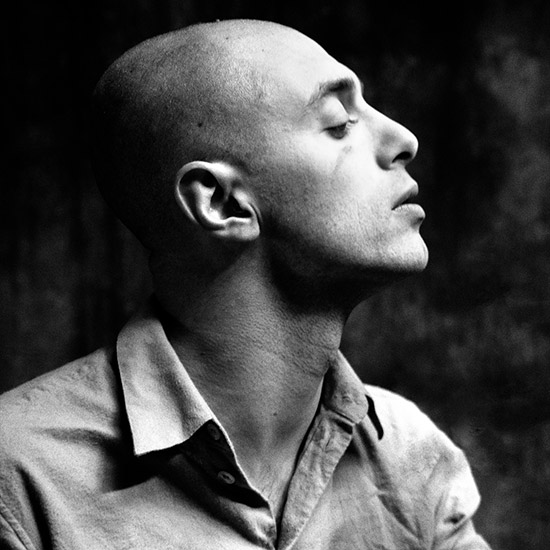NICO VASCELLARI
Born in 1976
Moving among various languages, including performance, sculpture, installation, drawing, collage, video and sound experimentation, Nico Vascellari pursues an artistic path that conveys different and contrasting forces and energies to disrupt the established order of things. His research is contaminated with the alternative underground scene, feeding on popular culture, folklore and an intense relationship with nature, to define a personal alphabet of gestures, signs, actions and images in constant growth and transformation, always balancing between individual perspective and collective experience. An almost shamanic, ritual dimension spreads from Vascellari’s projects and interventions, whether these come to life in genuinely artistic contexts or invade different spaces. The idea of layering, sedimentation and excavation is often the basis of the artist’s research, in an everlasting yearning for the exploration of deeper levels of the phenomena around us. The series of the Nidi [Nests] is a precise expression of the attempt to understand—or, rather, decipher—the language of nature. Following a careful selection of fallen nests, thus not purloined from their original location, the artist starts a long process of dissection of the individual components that make up the temporary abode of a bird. Twig by twig, the result of the dissection is arranged neatly on a board in the always unique and irreproducible structure of natural alphabets, the result of an exchange between artist and animal. The Nido presented for the first time in Belgrade is therefore testimony of a modus operandi that typifies various aspects of Vascellari’s practice, always fascinated by limits, whether natural or human, and by the desire to overcome them. A liminal thrust in terms of physical resistance, exposure to dangerous situations and loss of control, often expressed in the artist’s performances, is also present in the video Visita Interiora Terrae (2020), part of the Film Program. Vascellari evokes the poetic and scientific experiments carried out around the figure of the flying man, from Leonardo da Vinci onwards, with a reference to cinema in quoting the opening scene of Fellini’s La Dolce Vita (1960).
